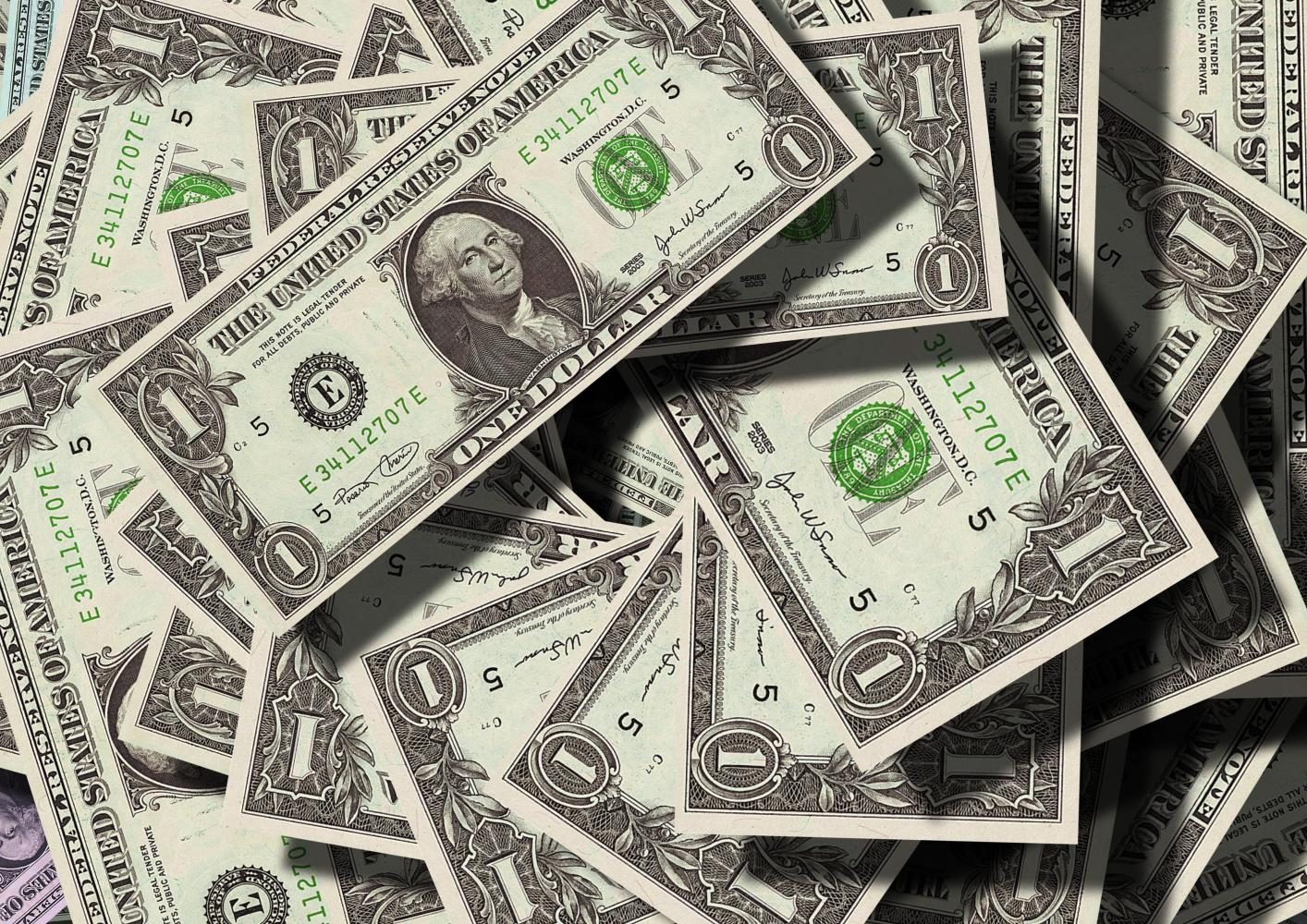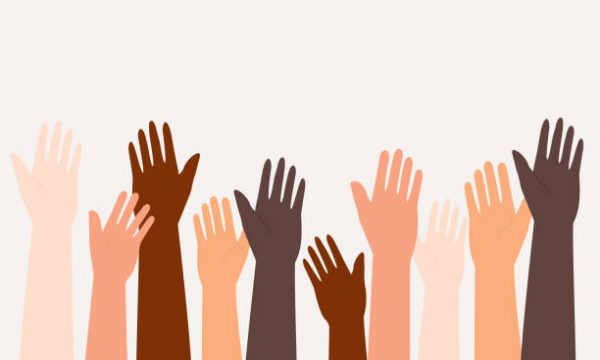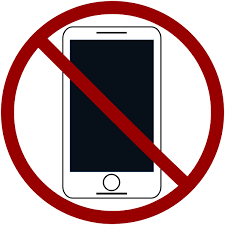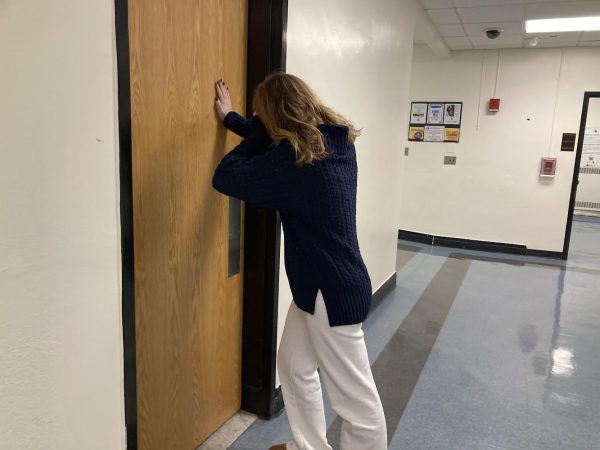How the Minimum Wage Increase Positively Affects You and Millions of Other Americans
April 28, 2017
The start of 2017 brought minimum wage increases for 21 states, impacting not only teens (a widespread rumor—teens actually do not make up the majority of workers making minimum wage) but also millions of Americans nationwide. The wage change occurred in the following states: AK, FL, MO, MT, NJ, OH, SD, AZ, AR, CO, ME, WA, CA, CT, HI, MA, MI, NY, and VT. Maryland and Oregon also plan to change their minimum wage on July 1, 2017 due to previously enacted legislation.
But first taking a quick look into what minimum wage actually is, you’ll find that by definition, it is the lowest amount of pay an employer is required to pay an hourly worker. As of Jan 1, 2017, the minimum wage in Connecticut is now $10.10. It is important to know and follow the wage change in your state or even city—minimum wage can vary in different cities within the same state—so you know your labor rights.
It’s also important to keep in mind that there are some exemptions for this wage requirement. You may already know this if you work as part of a wait staff in a restaurant or if you work another tipped job. Wait staff do not earn full minimum wage because “it’s made up for in tips.” Employees like babysitters paid on a casual basis, privately paid jobs, companions for the elderly, federal criminal investigators, newspaper delivery people, newspaper employees of limited circulation newspapers, seamen (other than those on American Vessels), and switchboard operators are all exempt from receiving minimum wage. Furthermore, workers with disabilities are exempt from being paid minimum wage.
Along with the wage changes comes criticism from many that the increase in wages will negatively impact the low-income working class. Many suggest that the wage increase is bad for businesses and will contribute to job loss (mainly in restaurants). However, both of these statements have been proven to be false. In 2015, employers in San Francisco were required to pay their workers an increased $12.25 before tips. Since then, the city has reported positive job growth. Higher wages also reduces the number of workers leaving jobs, or employee turnover, which ultimately reduces training costs, thus benefiting businesses.
It’s also true that the minimum wage increase will stimulate the economy. Some say that the minimum wage increase will not affect those states that have minimum wage higher than the federal rate, $7.25. This is clearly proven incorrect since Connecticut is an example of one of these states that has a rate higher than the federal rate. You may be able to relate to this if you have a job here in Connecticut and experienced the fifty-cent increase from $9.60 to $10.10. It doesn’t seem like a lot, but that 50 cents does add up when you’re working multiple hours. Ultimately, the wage increase will grant more people more money per hour, allowing them to spend more on goods and services, and contributing to overall economic growth.
Over 600 economists, including seven Nobel Prize winners, support the wage increases and wrote in a letter to Obama, “In recent years there have been important developments in the academic literature on the effect of increases in the minimum wage on employment…Research suggests that a minimum-wage increase could have a small stimulative effect on the economy as low-wage workers spend their additional earnings, raising demand and job growth, and providing some help on the jobs front.” The minimum wage increase should be supported nationwide due to its positive effects on laborers and employees of low-paying jobs.












